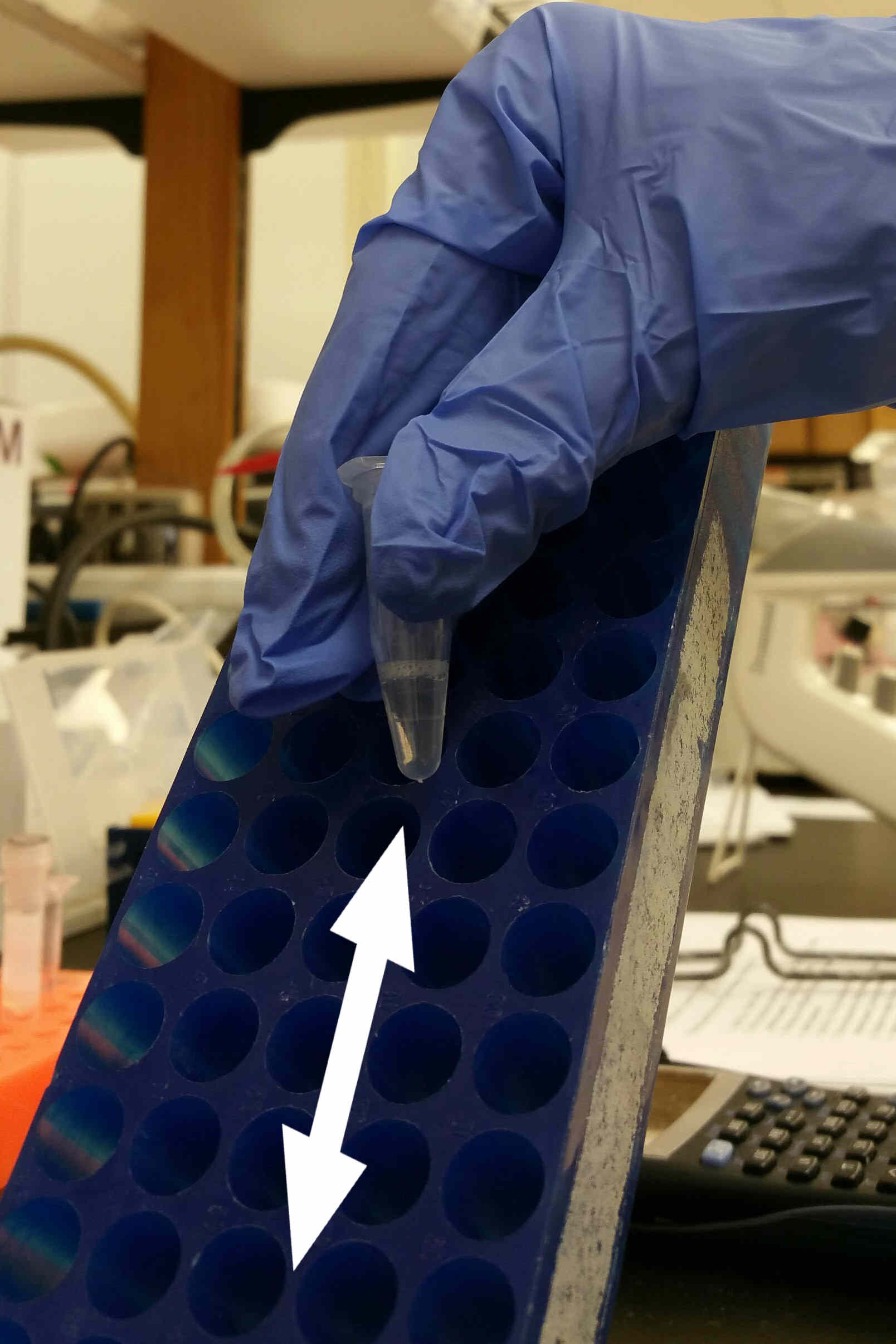
Lab Hacks, Equipment Alternatives, and Custom Lab Solutions
Lab hacks: what are they and why are they so popular?
An offshoot of the phrase ‘life hack’, which refers to “any trick, shortcut, skill, or novelty method that increases productivity and efficiency”, lab hacks are tips, tricks, and alternative methods that can be used in a laboratory setting.
Ranging from printable cheat sheets for loading a centrifuge with an uneven number of samples to using a pasta strainer to move a gel between multiple staining solutions, lab hacks have exploded in popularity in recent years. Even Pittcon, one of the biggest conferences in the lab science world, had a best lab hacks contest during their 2021 virtual conference.
With the pressure to perform lab work consistently and efficiently, the advent of lab hacks and the appearance of dedicated ‘hack’ websites — and even a mobile application — makes a lot of sense. Collaboration within the community has always been an important part of the scientific process, and the digital age allows us to share our knowledge and experience with more people than ever before.

One popular ‘hack’ that can be found recommended in multiple places involves advice on how to break up stubborn cell pellets: using a tube rack like a washboard and running your vial up and down until the pellet breaks (as seen in the image to the right).
Many lab hacks provide options for alternative equipment to use, either for those times when a critical machine breaks or if your lab is short on funds and needs a more economical temporary solution. Examples include using a salad spinner to centrifuge well plates, using plumber’s tape if you’ve run out of parafilm, or using instant milk powder instead of blocking reagents. Some hacks also suggest alternatives for more complicated equipment, the most prominent example being the use of commercially available pressure cookers as a replacement for an autoclave.
Some popular lab hacks, like the pressure cooker autoclave alternative, have even been studied scientifically, with results published in a peer reviewed journal (key takeaway: the Instant Pot is your best option for thorough sterilization). So go forth and try out some lab hacks yourself — best case scenario, your lab work becomes more efficient, and worst case, you learned something didn’t work, which is a key part of the scientific process anyways!
From hacks to custom lab solutions
Custom lab solutions have been around for ages, and most big name lab equipment companies offer a range of customization options for their products. But the popularity of lab hacks combined with the advent of 3D printing has seemingly led to a whole new industry niche: purpose-built custom lab solutions.
3D printing, also known as additive manufacturing, has made huge progress in terms of both its finesse and its affordability, making it a much more realistic option in a wider variety of situations. While custom lab equipment itself is not a new concept, the affordability provided by 3D printing has made it a much more realistic option for more people. Custom 3D printed objects are now a staple part of many different industries, so it makes perfect sense to bring that common availability into the laboratory setting.
Instead of jury-rigging pieces of equipment together to get your set up just right, you can now consult with companies like Clickbio to get a 3D printed piece to perfectly combine all the pieces you need for your experiment. 3D printed pieces help to eliminate the failure risks of a cobbled together solution, as well as increasing the reproducibility of any experiments you run by reducing the chances of human error in your setup.
There is also the option of acquiring your own 3D printers for your lab, generally a fused-filament fabrication (FFF) printer, and using it to print your own equipment as needed. There are many tested and peer-reviewed designs for a wide variety of lab equipment and consumables available on sites like Thingiverse and Open Labware. While printing your own components is definitely faster than waiting for a separate company to make and send to you, there are still limits to what is easily done in-lab, especially in terms of what materials you can use to print with. For more complex materials, like metals, it is often still best to use traditional injection moulding or milling methods.

An in-lab FFF printer, like the one shown to the right, is an excellent option for small disposable plastic lab items, like trays and vials, but adding more disposable plastics to your lab presents a different problem. Thankfully, a number of companies are hard at work producing biodegradable and eco-friendly 3D printer filaments, including the new 100% biodegradable filament NonOilen by Fillamentum. Some studies have even indicated that using a 3D printer for in-lab consumables could reduce the overall emissions of a lab when compared to the emissions produced by purchasing traditionally produced plasticware.
Lab hacks and 3D printing offer versatile options for your lab that you may not have previously considered. Increased accessibility to lab equipment through things such as 'hacks’ and 3D printed alternatives will surely allow for more innovation in the future. One area to keep an eye on is the rapidly advancing field of 3D bioprinting, which involves using cells and other biomaterials as the printing medium to build models of tissues and organs.










